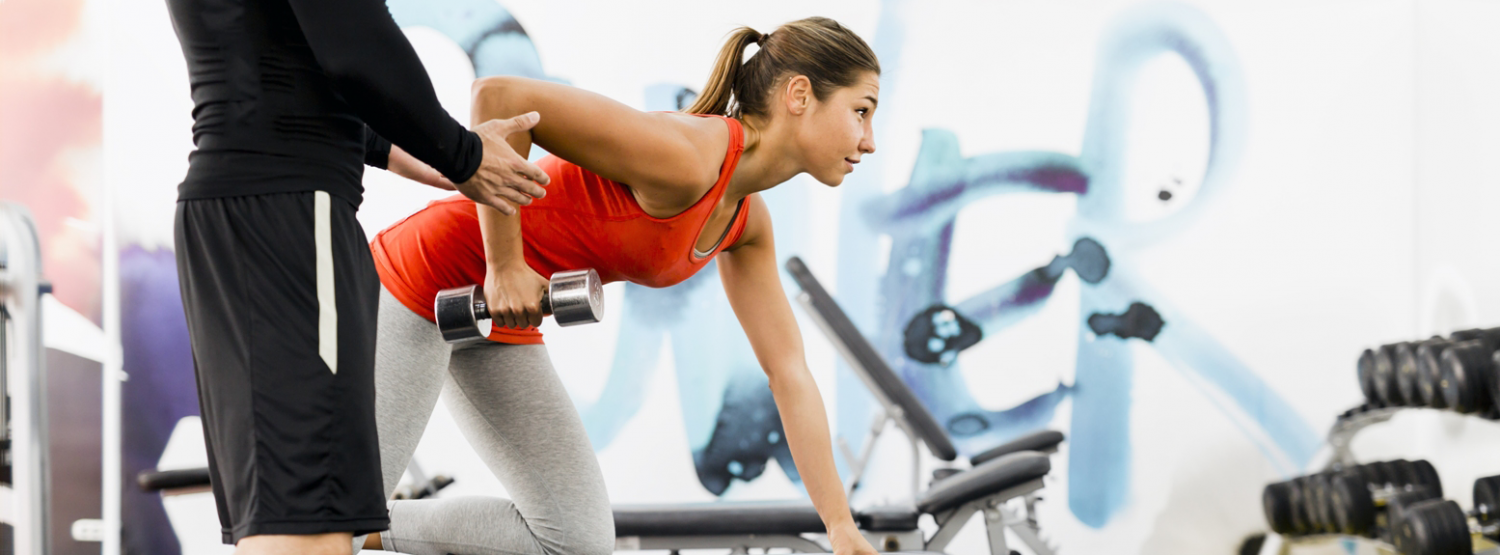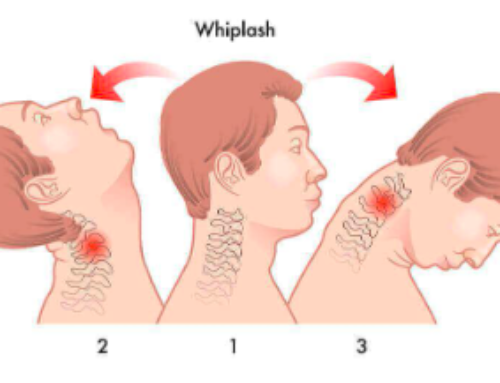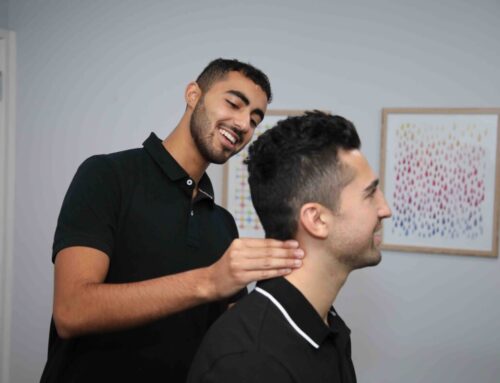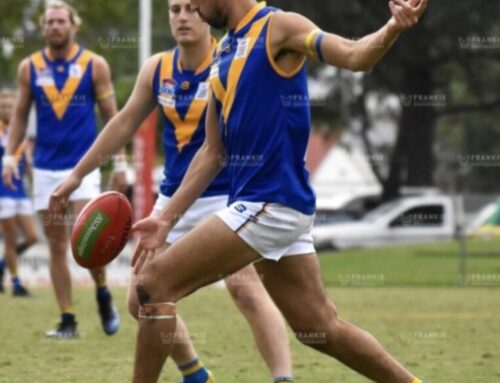Thoracic outlet syndrome is an impingement condition that can result in numbness and tingling into the hands and forearms. It can be caused by a variety of factors, the main one being poor postural habits, which is especially common in office workers and students.
Other factors which contribute are:
- Stress
- Excess weight
- Poor sensory awareness of one’s body positioning
- Stomach sleepers
- Large chested women
- People who have to hold their arms up for long periods of time
- Traumatic injuries from a car accident (shoulder strap can tear/strain muscles with scar tissues build up during healing)
- Previous collarbone fractures are just a few.
Anatomy
The thoracic outlet refers to the area from your neck to the top of your shoulder. Though this opening there are several nerves and vessels, which pass through to supply the muscles of your arm and hand. They can become trapped at various sites these locations, between muscles in the neck called the scalene muscles, over the top of the rib cage, under the collarbone and through the armpit under the pec muscles.
Signs & Symptoms
- Numbness & tingling of hands and/or arms especially at night
- Pain, tingling of the neck chest or arms
- Pins and needles when doing overhead activities for prolonged periods
- Heaviness and weakness of the arms and sometimes swelling in severe cases
- Poor circulation of hands and finger
Treatment time frame
A conservative approach is recommended. Strengthening your shoulder and back muscles is essential to help achieve long term resolution while stretching your shoulder and neck muscles to open the thoracic outlet space will help provide symptomatic relief and pain reduction. Treatment to improve range of motion and posture are key. Exercises, done over time, take the pressure off your blood vessels and nerves in the thoracic outlet. Symptoms may vary however, a reduction in symptoms and resolution is usually achievable within 2 months.
Osteopathy Treatment
Osteopathy treatment will aim to:
- Loosen off the muscles in the neck and upper shoulder, which will reduce the compression on the nerves/vessels
- Improve the way your upper back and neck joints work so good posture is easier to maintain and movements of your neck and arm become less painful.
For conditions like these, where everyday activities can aggravate the pain, it’s essential that you are active in the recovery. Management aimed at education such as:
- How to manage symptoms at work
- What movements/activities you should avoid
- How to sit and stand with a posture that will not aggravate your symptoms that you can maintain at work and at home as good posture is critical to managing TOS symptoms
Once you no longer have pain we’ll be focusing on the best way to avoid recurrence, via retraining and strengthening of your shoulder blade muscles, and going through postural changes at work and home.
What Can I do to Help Recovery?
- Better bra support for large chested females (e.g. less long line bra)
- Rapid breathing and stress and worsen the symptoms, practice diaphragmatic breathing
- Avoid looking up, bending the neck back, or holding your arms up for long periods of time
- Don’t carry a purse or bag on the affected shoulder
- Avoid tummy sleeping if possible with arms up under your pillow
- Postural bracing – recommended for desk workers
- Take frequent breaks at work to move and stretch
- Avoid activities that worsen symptoms, or find ways to adapt activities so that they don’t cause symptoms
- Create a work area that allows you to keep good posture and doesn’t make symptoms worse

If you are experiencing any of these signs and symptoms or have in the past and want to prevent recurrence come and see us for a consultation to get on the track to recovery. Or if you have questions about this post, please feel free to email me breanna@pakenhamosteopathy.com.au




